Opening Remarks at HKMA-AoF/HKIMR-CEPR International Conference on Generative Artificial Intelligence
President Weder di Mauro, distinguished guests, ladies and gentlemen,
1.Good morning, and a very warm welcome to you all for joining the International Conference on Generative Artificial Intelligence. On behalf of the Hong Kong Monetary Authority (HKMA), the Academy of Finance (AoF) and the Hong Kong Institute for Monetary and Financial Research (HKIMR), I would like to thank the Centre for Economic Policy Research for co-organising this conference. It is also my great pleasure to address such a distinguished audience of policy makers, industry leaders, academics, and innovators here in Hong Kong. Today's conference is a timely and important forum as we navigate the ongoing transformation that artificial intelligence (AI) brings to the financial sector and the broader economy.
2.Over the years, artificial intelligence has evolved from a concept of science fiction to a fundamental tool in our everyday lives. While traditional predictive AI has been instrumental in data processing and automating repetitive tasks, Generative Artificial Intelligence (GenA.I.) goes further. It possesses the remarkable ability to generate novel, original content in the form of text, audio and graphics — an ability once thought to be an exclusive domain of human cognition, offering enormous opportunities for the financial sector and beyond.

3.GenA.I. could assist humans in doing their jobs, or provide services in a much more efficient way. It has the potential to streamline work processes – from writing codes, analysing vast datasets to automating the drafting of reports or even speeches (not this one though). It can enhance customer support experiences by providing timely and personalised responses to complex enquiries.
4.Just yesterday (9 April 2025), the HKIMR released a report titled “Financial Services in the Era of Generative AI: Facilitating Responsible Adoption”. The report notes that 75% of the 55 surveyed financial institutions in Hong Kong have already implemented or are piloting and designing GenA.I. use cases. The adoption rate is projected to rise to 87% in the coming few years, reflecting the strong momentum in adoption.
5.Despite the numerous benefits that are already very evident, we are probably just seeing the beginning of realising the potential of GenA.I. Across the globe, there is a race among AI service providers to develop increasingly sophisticated AI systems, such as Agentic AI or AI-powered agents, that can function autonomously with minimal to no human intervention.
6.In parallel, recent developments in open-source AI models have made the delivery of AI services more cost-effective and accessible, holding the promise of unlocking wider access to AI innovation for smaller institutions, start-ups, and individuals.
7.Yet, a balanced approach is required to promote GenA.I. developments. In Hong Kong, the Government issued last year a policy statement on the responsible application of AI in the financial market. The statement clearly sets out our policy stance, which can be summarised as a dual-track approach: promoting AI adoption in the financial services sector while addressing potential challenges such as cyber security and data privacy.
8.At the HKMA, we view technology as an enabler of progress. Our role as a central bank and regulator is to ensure that the financial system remains resilient as we embrace innovation. GenA.I. exemplifies why this balance is so crucial. On the one hand, its potential for transformation is boundless; on the other, it brings challenges — challenges that are both novel and significant, forcing us to think deeply, act responsibly, and collaborate effectively.
9.When it comes to the responsible adoption of GenA.I., we ought to recognise that many different stakeholders are involved. In the following few minutes, I will try to address this from the perspectives of three distinct groups: individuals, financial institutions, and central banks.
10.Let me start with individual users. GenA.I. tools have become remarkably powerful and accessible to individual users. An ever increasing number of platforms and software are offering user-friendly interfaces that cater to a wide variety of applications. Which reminds us that we have to be mindful of over-reliance on GenA.I.
11.True, GenA.I. has substantially reduced the cost of generating new content, regardless of quality or authenticity. It is getting more challenging to distinguish fact from fiction, much like how “bad money” can drive out the good. What is even more concerning is the growing trend of social media users resorting to GenA.I. tools as fact-checkers for online content, which could fuel further misinformation.
12.To harness the power of GenA.I. as a tool, we must treat it as such and avoid using a tool to replace our judgement. “Human-in-the-loop” is the necessary safeguard depending on the risks associated with a use case. More importantly, we should retain the determination and ability to learn and grow while utilising GenA.I. Which explains why the HKMA as a regulator has emphasised the need for banks to set a clear future direction for manpower development to support business priorities, and the need to draw up effective strategies that address talent needs, supported by the deployment of sufficient financial resources to staff reskilling and upskilling.
13.Let me turn to financial institutions, which have started to explore the use of GenA.I. Most of these institutions are still in the early stages of adoption, with a primary focus on improving operational efficiency through, for example, internal chatbots and coding. The potential of GenA.I. to perform human-like tasks makes it an attractive candidate for wider adoption in customer-facing functions, such as customer chatbots, customised product development and delivery, targeted sales and marketing, and robo-advisors in wealth management and insurance. As financial institutions use more GenA.I. tools in customer-facing activities, the implications on consumer protection need to be properly addressed.
14.Trust must be the very foundation of the financial sector. The adoption of GenA.I. should not compromise the customer-centric culture that underpins this trust. In support of the responsible adoption of GenA.I. in the banking sector, the HKMA has provided guidance to ensure appropriate safeguards for consumer protection. The guidance aims to uphold governance and accountability, fairness, transparency and disclosure, as well as data privacy and protection. Specifically, during the early stage of deploying GenA.I. applications, banks are expected to adopt the “human-in-the-loop” approach. Customers should be given the option to “opt out” and request human intervention on decisions generated by GenA.I.
15.These priorities echo the findings of the latest HKIMR report I just mentioned, which highlights the importance of transparency, data privacy, and governance in ensuring responsible GenA.I. adoption.
16.We at the HKMA are building a vibrant ecosystem for AI Innovation in Hong Kong’s financial sector. Just as AI models need to be trained, so do the financial institutions. For this purpose, the HKMA has introduced a GenA.I. Sandbox, designed to support the development, testing and pilot of innovative AI and GenA.I.-based solutions in the banking sector. The sandbox is our joint effort with the Cyberport, providing banks with targeted supervisory feedback and computing power. It enables banks to test and refine their GenA.I. applications in a risk-controlled environment, while allowing us as a regulator to provide guidance and share good practices on the adoption of GenA.I.
17.The HKMA has also adopted GenA.I. to improve our efficiency in performing the central banking and regulator functions. To gain first-hand experiences, we introduced our own GenA.I. tools last year, carefully designed to fully observe safety, confidentiality, and privacy. These tools help our teams summarise reports, draft documents, and analyse trends, all within a framework that prioritises data protection. We complement these tools with regular trainings to equip our staff with the skills to critically assess outputs, mitigate risks, and apply AI ethically. Our goal is not to replace the human touch but to augment it, using AI as a “digital intern” to enhance efficiency while ensuring that human judgment remains central to decision-making.
18.Ladies and gentlemen, as we reflect on the potential of GenA.I. and look to the future, we need to consider not just what it can do, but what it should do. Technology is not an end in itself — it is a means to an end. GenA.I. has the power to create a more inclusive, efficient, and resilient financial system, but only if it is designed with purpose and responsibility. As we stand on the cusp of this new frontier, let us remember that the ultimate potential of AI lies not in its algorithms, but in how we choose to use it, and what outcome we intend it to deliver.
19.This profound responsibility to shape AI’s trajectory makes collaboration not just a priority, but a necessity. The challenges posed by GenA.I. cannot be addressed in isolation; it requires collaboration, not just among central banks and financial institutions, but across industries, technology firms, and the academia.
20.Today’s discussions will provide a great occasion for us to exchange ideas, share insights, and explore new partnerships. Collectively, we can ensure that GenA.I. is not just a technological breakthrough, but a force for good.
21.Thank you, and I wish you a productive and inspiring conference.
Note: The conference was held on 10 April 2025.








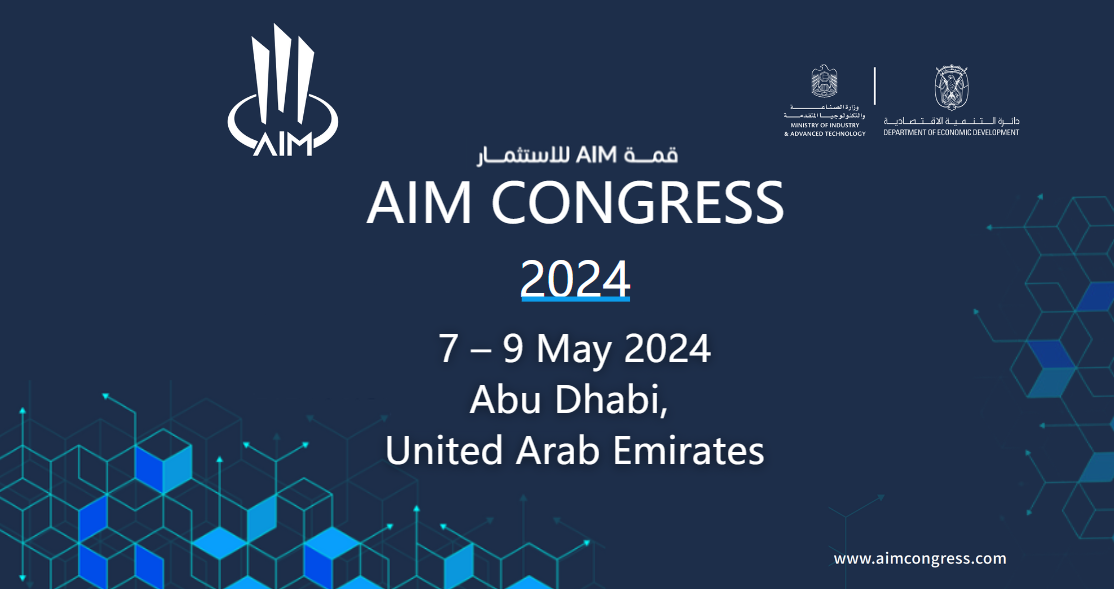

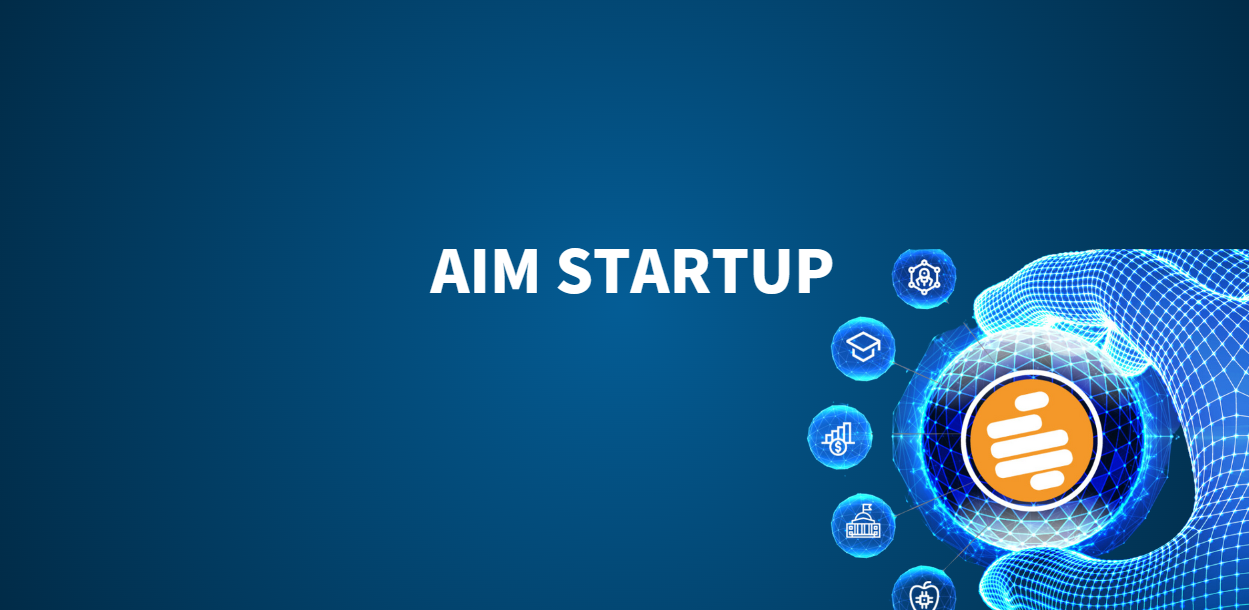


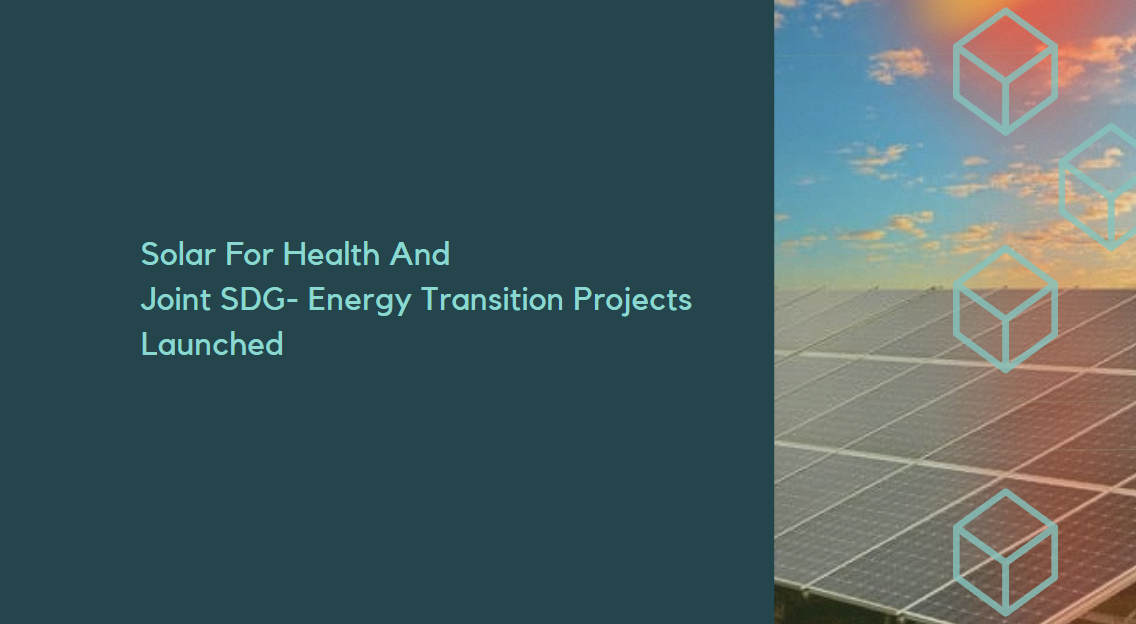
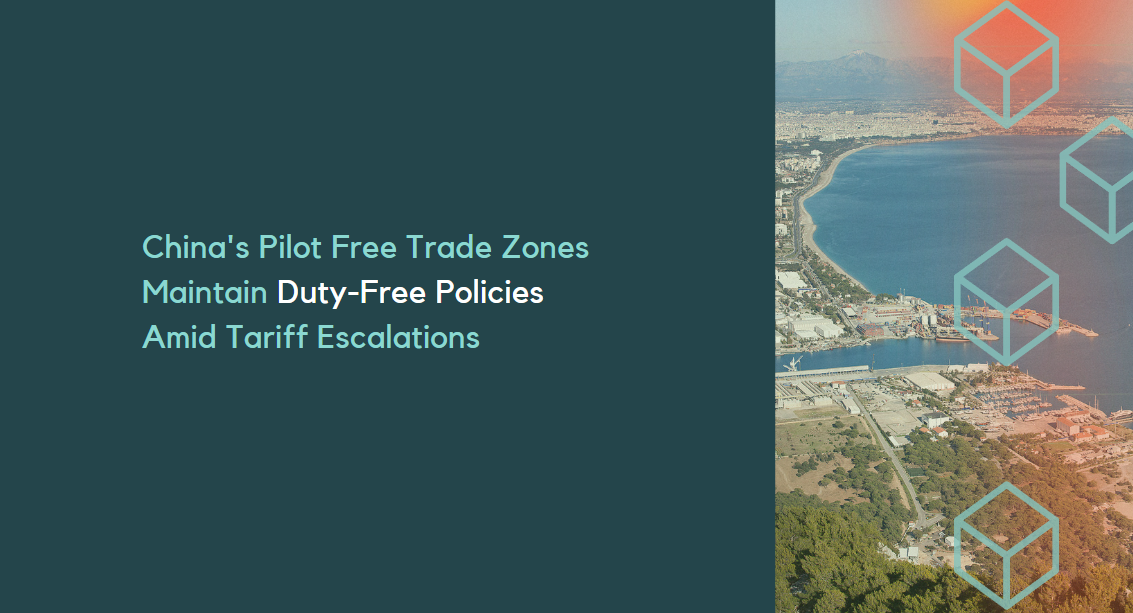
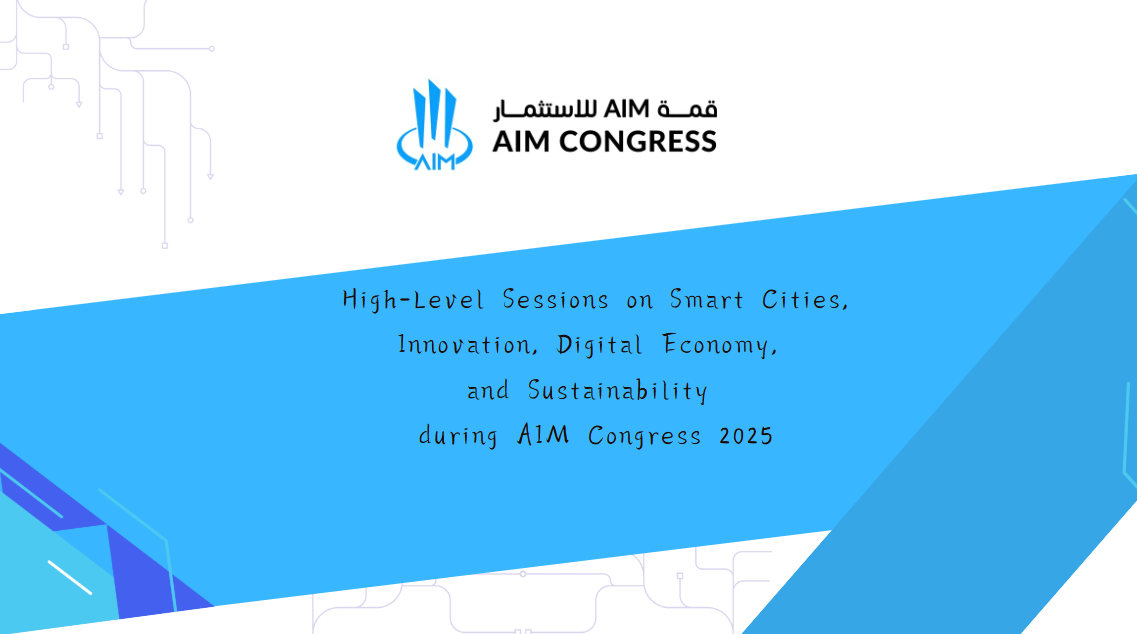
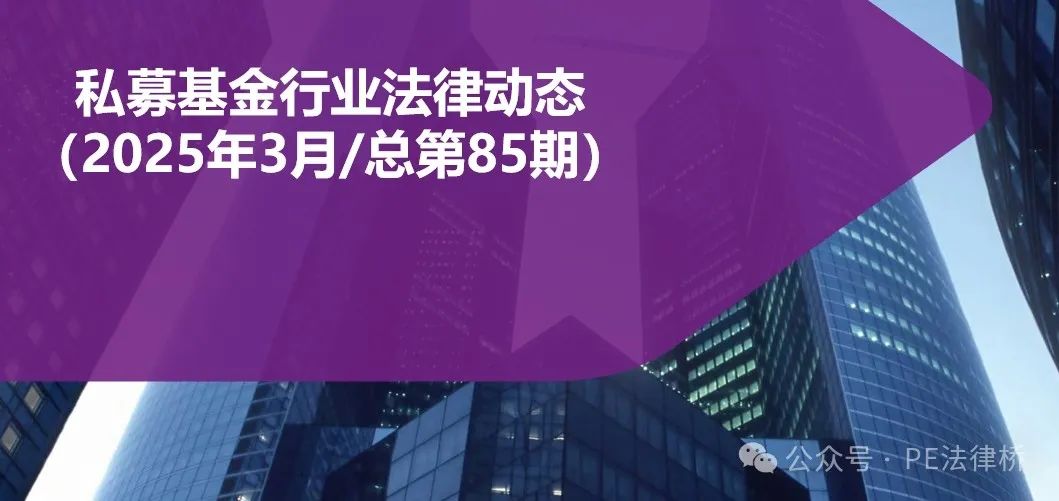













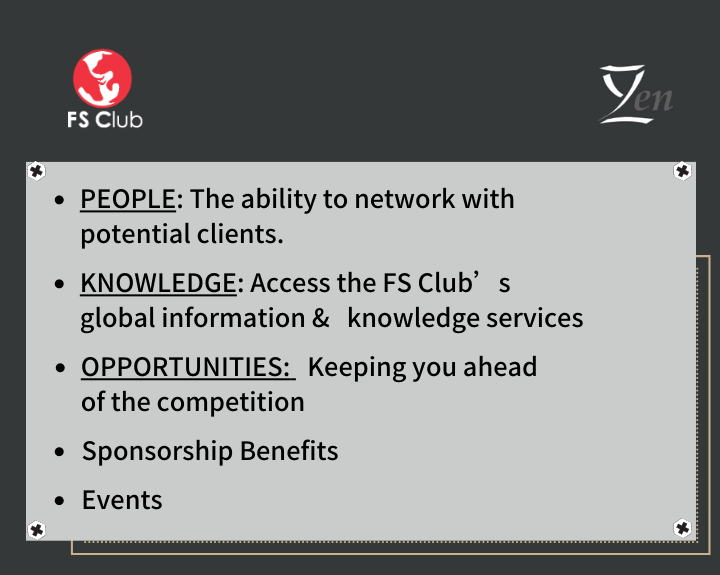













First, please LoginComment After ~